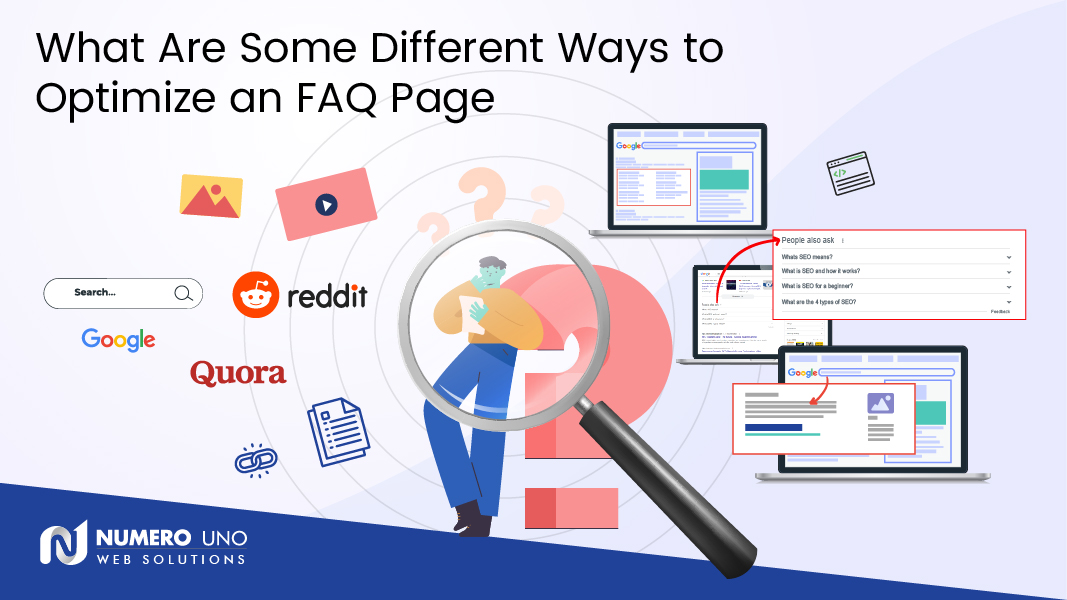
When voice search technology was initially introduced in 2011 in the form of Apple’s digital assistant, SIRI, no one really thought this phenomenon would take off. At the outset, people used voice search to perform simple tasks on their phones such as making phone calls, dictating text messages, or searching through their contacts list.
Voice search optimization, technology, and its many applications have come a very long way since those days. In fact, voice search has become somewhat of an unexpected SEO runaway hit. Of course, with its ever-growing multifaceted applications comes the need for great improvement in modern SEO practices.
You could say that in some ways, digital marketing experts need to revert back to traditional SEO approaches such as using longtail keywords, longform blog posts, and being able to anticipate user intent rather than simply relying on search engines to do all of that for us.
Content needs to be created and optimized specifically with voice search in mind.
Why We Need Voice Query Optimization in SEO
If the answer to this question isn’t evident to you by now, then you need to conduct some serious research. Voice search is pretty much everywhere nowadays. And its many uses have far exceeded simply making phone commands.
With so many major tech companies continuing to jump on the voice query bandwagon and constantly developing new software and making improvements to their existing configurations, voice search is no longer just the wave of the future. It’s currently taking over the SEO industry and changing everything we thought we knew about it.
More than 70% of mobile device users make use of voice search technology on a daily basis whether it’s to look for recipes online, find local businesses, get directions, make phone calls, post on social media, or even to make online purchases. People speak to their mobile devices like they would to another person. And that’s not all that surprising because that’s exactly how voice query applications like Google Assistant, SIRI, and Amazon’s Alexa were designed to be used.
From the very human sound of their voices to their intelligent responses, these applications were basically designed to be as realistic as possible. To a certain degree, you can even have a full conversation with these applications and that feature will only become more complex over time.
The reason we need voice query optimization in SEO is simple. Countless data shows that people want it and it’s our job to give the people what they want.
How to Successfully Apply Voice Search Optimization in SEO Practices
If you’re a little intimidated by all of this information about voice search optimization and what it means for your online business, then you’re not alone. For many businesses, the implementation of this technology is still very daunting and new, but it doesn’t have to be.
All you have to really do is create content that your users and prospective customers can relate to by doing a little market research. With that in mind, here are a few factors that you should consider when amalgamating voice search into your SEO practices.
1. Include Featured Snippets Throughout Your Content
Featured snippets are those text boxes that pop up near the top of search engine results pages. They provide direct, clear, and concise answers to search queries and that’s exactly how your content should be formatted to help improve your rankings. Additionally, featured snippets also include a source link to the content, the title of the page, and a condensed answer to the search query.
Oftentimes, when people conduct voice search queries, they want to find the fastest and easiest answer that can be read aloud to them by the search assistant. Strategically structuring your content in such a way that makes this possible is crucial to helping you rank better.
2. Consider User Intent when Creating Quality Content
User intent has to do with what the user has in mind and what they’re looking for when conducting a search query. Sometimes, it’s very obvious while other times it’s like playing a guessing game.
One of the most common examples of this is when people search for certain businesses, brands, or types of businesses. For instance, if you’re looking for a reputable Italian restaurant, you most likely want to find one in your area, right? Most of the time, when people search for Italian restaurants, they’ll enter the keyword “Italian restaurants”. Google takes this information and automatically assumes that the user is looking for a good Italian restaurant that is close to their current location.
Basically, Google reads between the lines and finds the closest Italian restaurant with the highest ratings and best reviews.
Another important factor when it comes to intent is the type of information users are looking for with their searches. Do they want to find out pricing, product information, what type of services you offer, how to contact you, or your hours of operation? Just to be on the safe side, these are all tidbits that should be included in your Google My Business knowledge panel.
3. Consistently Test and Improve Page Loading Speed
By this point in the SEO game, page loading speed is a no-brainer. The longer it takes for your web site to load, the lower the user experience will be. Rather than waiting for a slow page to load, users will simply navigate away from your web site and move on to your competitors.
The standard loading page used to be under four seconds, but that timeframe gets lower and lower with each passing year. Now, a four second loading time almost seems like an eternity in the fast-paced world of SEO. The current standard is under three seconds and even that’s pushing it for some users. Regularly testing your web site speed and making adjustments wherever they’re needed can help improve your site rankings and online visibility while also increasing user experience.
4. Structure Your Data and Focus on Mobile-First Optimization
Incorporating structured data into your SEO tactics is essential for helping search engines crawl your content and better understand it to deliver relevant results for users. Schema markups that are embedded into your HTML code can increase your chances of having your content used as rich featured snippets on search engine results pages. Since most people conduct voice searches on their mobile devices, it only makes sense to focus on mobile-first optimization.
Numero Uno Web Solutions is one of the leading SEO and web marketing companies in North America. We’ve helped countless businesses create and manage their online presences through the use of various SEO and social media platforms. To learn more about how we can help you improve your SERP rankings and ROI, please feel free to contact us.



